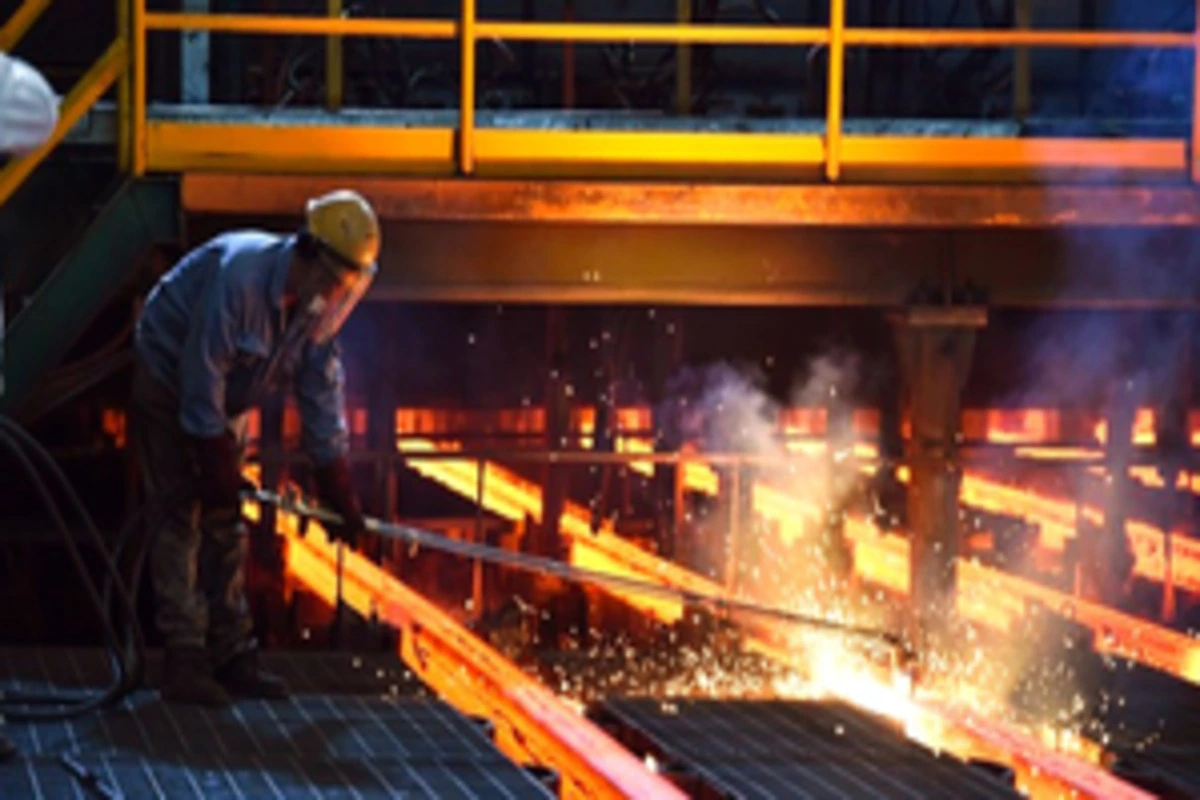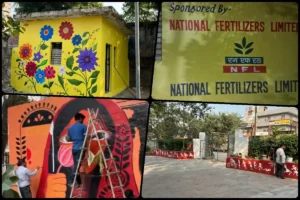
The Steel Authority of India Limited (SAIL) announced a collaboration with global resources company BHP on Monday to accelerate decarbonization efforts in the steelmaking sector. This partnership focuses on promoting lower carbon steelmaking technologies, particularly for the blast furnace (BF) route in India.
Commitment to Climate Goals
As the largest government-owned steel producer in the country, SAIL emphasized that this initiative is a crucial step in aligning the steel sector with climate commitments. “The emergent need to align the steel sector with climate commitments is non-negotiable,” stated Amarendu Prakash, Chairman of SAIL. He added, “SAIL is committed to contributing towards tackling climate change by fostering an innovative future for the steel industry in India.”
Exploring Decarbonization Strategies
The two companies will explore several workstreams aimed at supporting decarbonization at SAIL’s integrated steel plants that utilize blast furnaces. An initial study will assess various strategies to reduce greenhouse gas emissions (GHG).
These workstreams will evaluate the potential of alternative reductants for the BF process, such as hydrogen and biochar, while also focusing on building local research and development capabilities to facilitate the transition to a low-carbon economy.
Shared Expertise for Industry Change
“We recognize that decarbonizing this industry is a challenge that we cannot meet alone,” said Rag Udd, BHP’s Chief Commercial Officer. “We must come together to leverage shared expertise and resources to develop technologies that can create real change in carbon emissions both now and in the long term.”
Significance of the Steel Sector’s Emissions
According to a recent report from the Institute for Energy Economics and Financial Analysis, India’s steel sector contributes approximately 12 percent of the country’s carbon dioxide (CO2) emissions. The report highlights various methods to transition from traditional steelmaking processes to low-emission technologies, including the use of green hydrogen, renewable energy, and carbon capture, utilization, and storage technologies. These advancements could involve integrating blast furnaces with basic oxygen furnaces (BOF), direct reduced iron (DRI)-electric arc furnaces (EAF), and scrap-based EAF systems.
To read more such news, download Bharat Express news apps






















